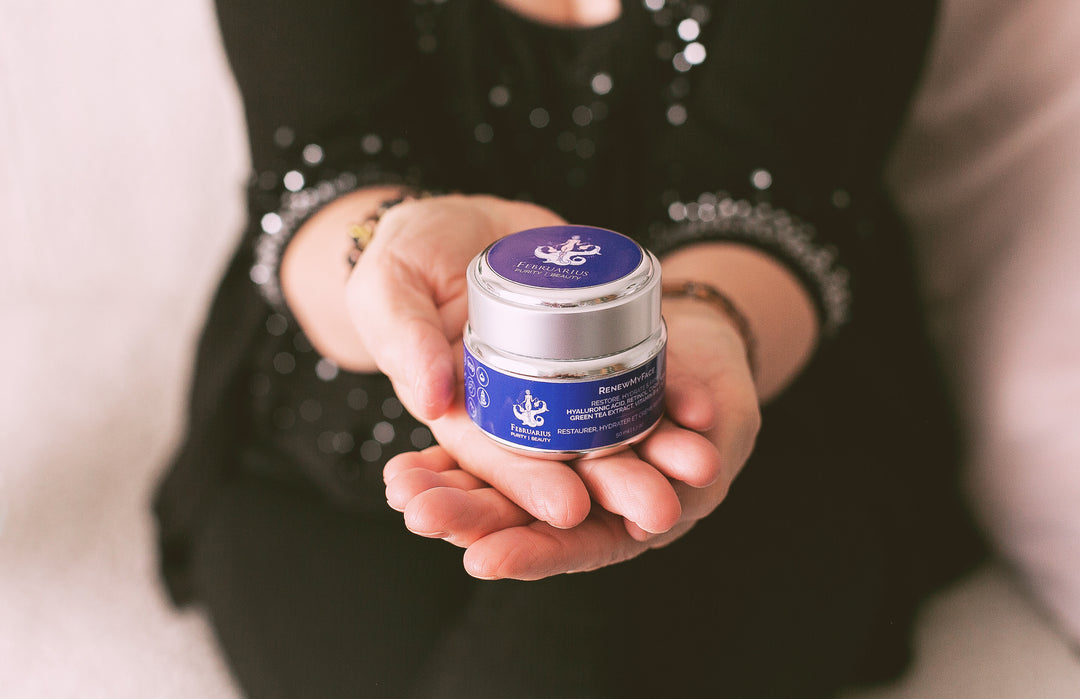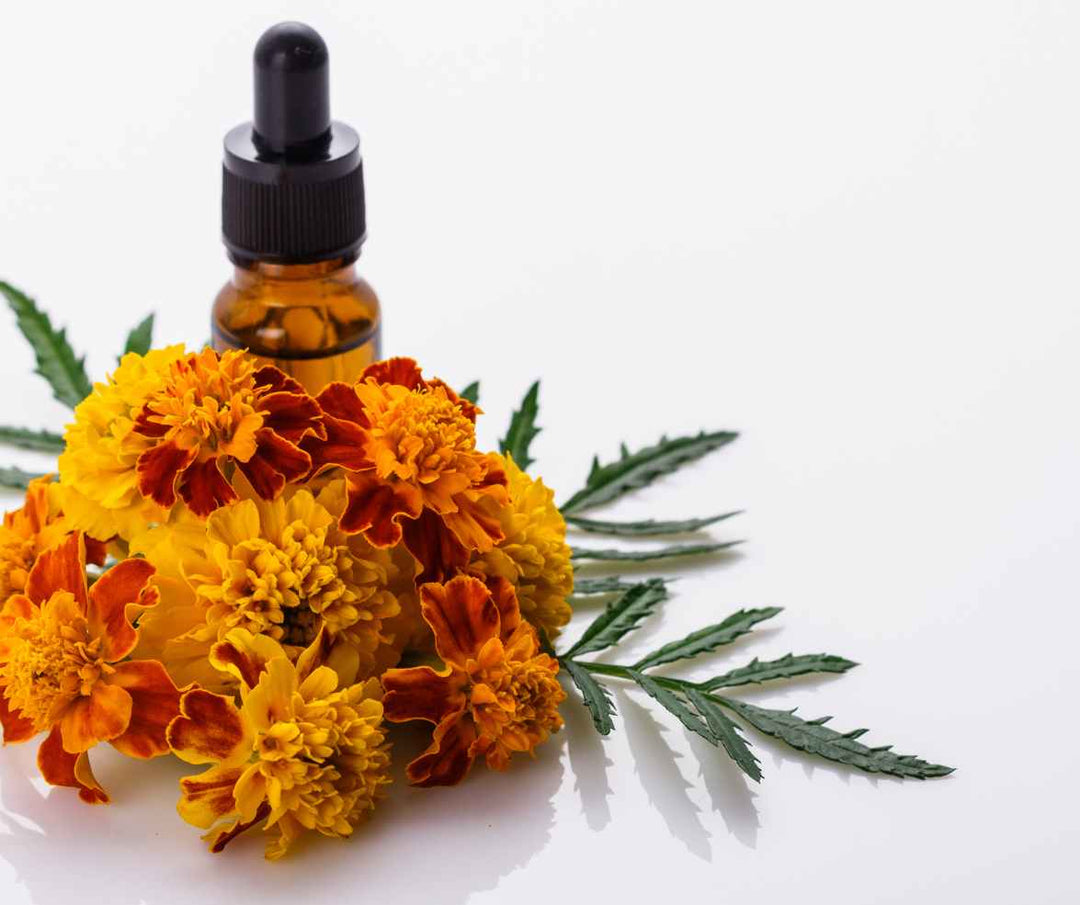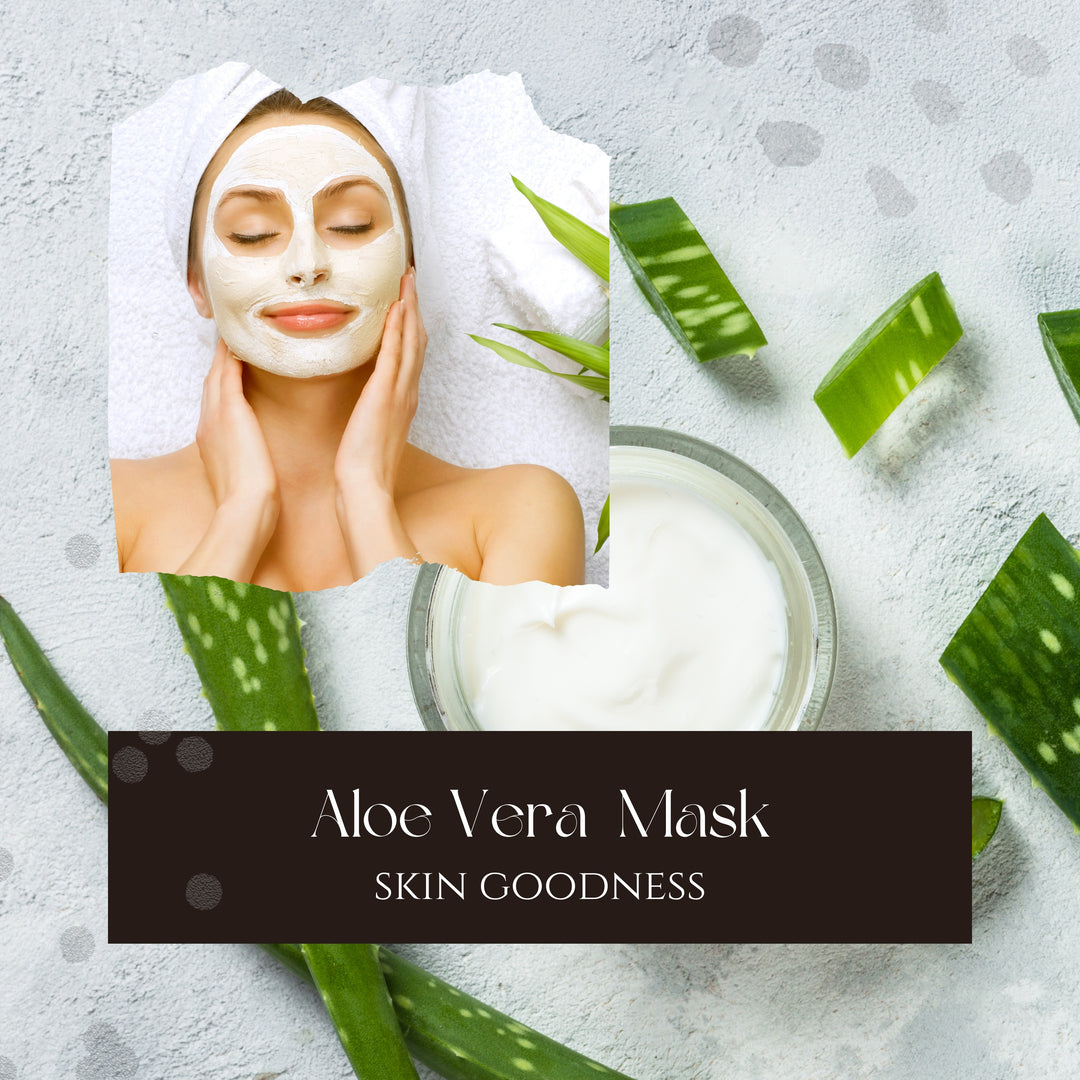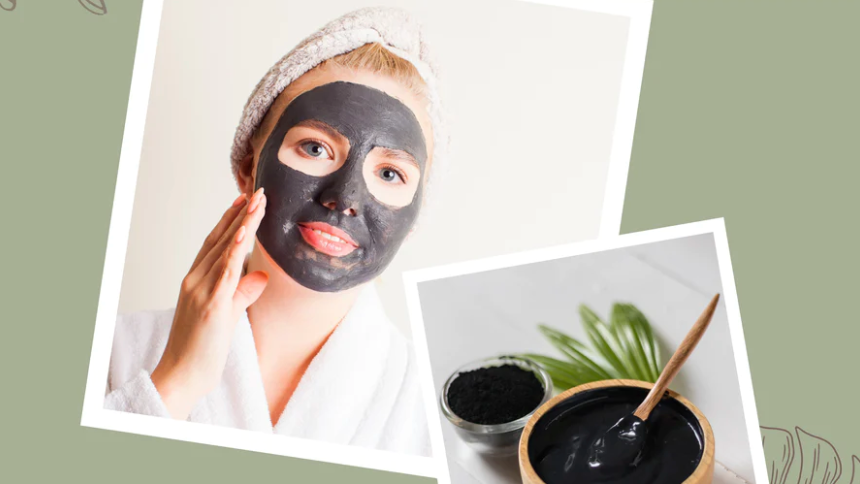There are many types of products that you can use to dilute your essential oils, depending on your needs. The most common option would be carrier oils, but you can also use body butter, lotions, creams, and soaps. If you want to add essential oil to your hair, you can add them to your shampoos and conditioners.
Important things to consider when making an essential oil blend include the type and quality of the essential oils used, as well as the blend's application and duration of use. In addition, it is important to consider the age of the user and whether they have any underlying health conditions, or if they are taking any medications that might interact with the oils.
Some essential oils - particularly citrus oils - may contain phototoxic properties, so avoid applying citrus oil blends prior to sun bathing. Some essential oils such as Camphor, Wintergreen, Wormwood, and Tarragon, among others should be avoided during pregnancy. Pregnant and nursing Moms should be cautious with Essential Oils. Other essential oils such as Eucalyptus, Peppermint, and Rosemary to name a few, may present a higher risk of irritation or toxicity to children or pets. It is therefore important to do some solid background research on the oils you are interested in before using them in a blend. Regardless of the type of oil you choose to use, Grade A 100% pure plant-derived essential oils are preferable for a high-quality blend.
As the skin of infants and children is often more sensitive than the skin of adults, do use essential oils sparingly when blending them. It is recommended to add just 1 to 3 drops of essential oil to every ounce (approximately 30 ml) of the diluting agent, for a maximum concentration of 0.5%. For adults, depending on your skin condition and the frequency that you want to use essential oils, you can add the following amount of essential oil to every ounce of the diluting agent:
- 10 to 20 drops of essential oil (a maximum concentration of about 3%) for long-term regular use (30 ml).
- 30 to 60 drops of essential oil (a maximum concentration of about 10%) for use of no longer than 2 weeks (60 ml).
The concentrations mentioned above are general recommendations, however, there are some essential oils that have special dilution needs that you should be aware of. For instance, due to the potential for phototoxicity, it is recommended to dilute Lemon essential oil to a concentration of no more than 2% before use and to dilute Grapefruit essential oil to a concentration of no more than 4% before use. Similarly, to minimize the risk of an allergic reaction, it is recommended to dilute Clove Bud essential oil to a concentration of no more than 0.5% before use. For this reason, you should always do thorough research on any essential oil before using it in a blend.
ALLERGIC REACTIONS – some common oils include oregano, cinnamon bark, jasmine, lemongrass, Ylang Ylang, chamomile and bergamot. There are others so it is recommended to test an area on the inside of your arm and wait 48 hours before using the essential oil if you have known allergies.









